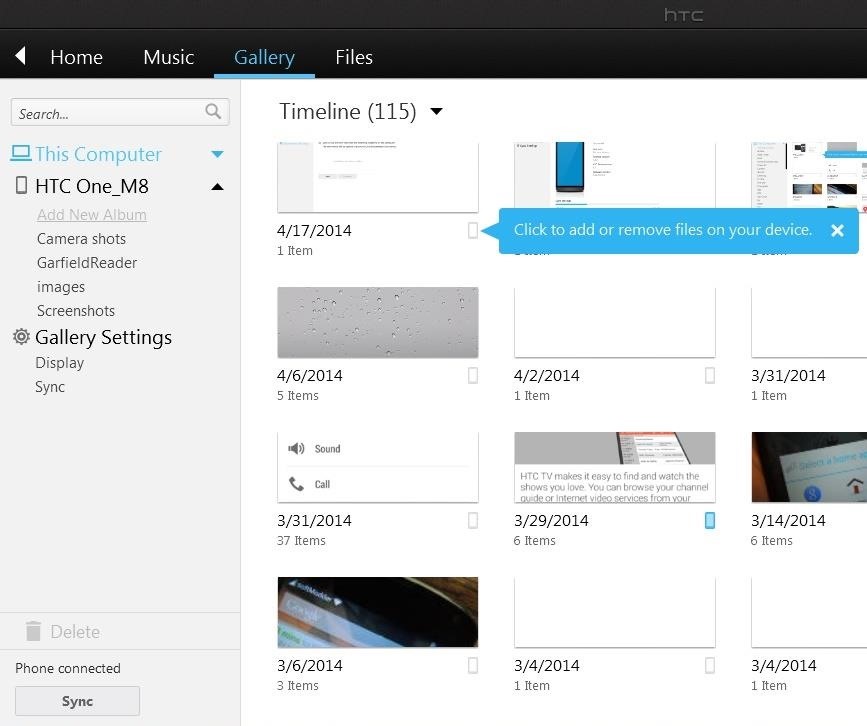
This is great and allows a very fast speed transfer (4 MB/s!) sync of phone computer both connected to the same home router via WiFi. If you sync two computers which are in the same local network (by just giving the DeviceID to each other, no need to care about local IP addresses), it will automatically notice that it doesn't need to transit via internet, but it can deal locally. less than 1 second for a small text file) it's on the other computer You can reduce fsWatcherDelayS in the config.xml from 10 to 2 seconds so that after doing CTRL+S, 2 seconds later (+the time to upload, i.e. I tried both, and I couldn't make any of them work (probably a problem with my VPS configuration).Īdditional advantages of Syncthing I've just noticed: Please note that in this tutorial they don't use sshfs-win but win-sshfs instead (these are two different projects). Then on the home computer's browser, open : this will be the VPS's Syncthing configuration! Nohup syncthing-linux-amd64-v0.14.52/syncthing &

This means that as soon as a file is in your. So you can drag files in and out of the folder and. All the changes (edits, additions, deletions) that you make to the files in your Sync folder will be synchronised. Tar xvfz syncthing-linux-amd64-v0.14.52.tar.gz If you put a folder into your desktop folder on the target computer, all the files will be synced properly. The latter option will redirect the VPS's Syncthing web-configuration tool listening on port 8384 to the home computer's port 8385. Use the normal Syncthing in-browser configuration toolįirst connect the VPS with a port forwarding: ssh -L 8385:localhost:8384 One great thing I've noticed is that you don't have to think about the IP of the home computer and server with Syncthing: each "device" (computer, server, phone, etc.) has a unique DeviceID and if you share the ID with another device, it will find out automatically how they should connect to each other. A few seconds later it's automatically replicated on the distant server (without any popup dialog). For additional details on the transition from. After this point, users will see an in-product notification notifying them they’ll need to transition to continue syncing their files. It automatically detects changes on both sides and the replication is very fast.Įxample: imagine you're working locally on server.py in your favorite Notepad software, you hit CTRL+S (Save). In the coming weeks, Backup and Sync users will begin to see prompts asking them to transition to Drive for desktop, which we recommend doing by September 2021. Following comment, I finally spent a few hours testing Syncthing for this use case and it works great. Allway Sync uses innovative synchronization algorithms to synchronize your data between desktop PCs, laptops, USB drives, remote FTP/SFTP and WebDAV servers.


 0 kommentar(er)
0 kommentar(er)
